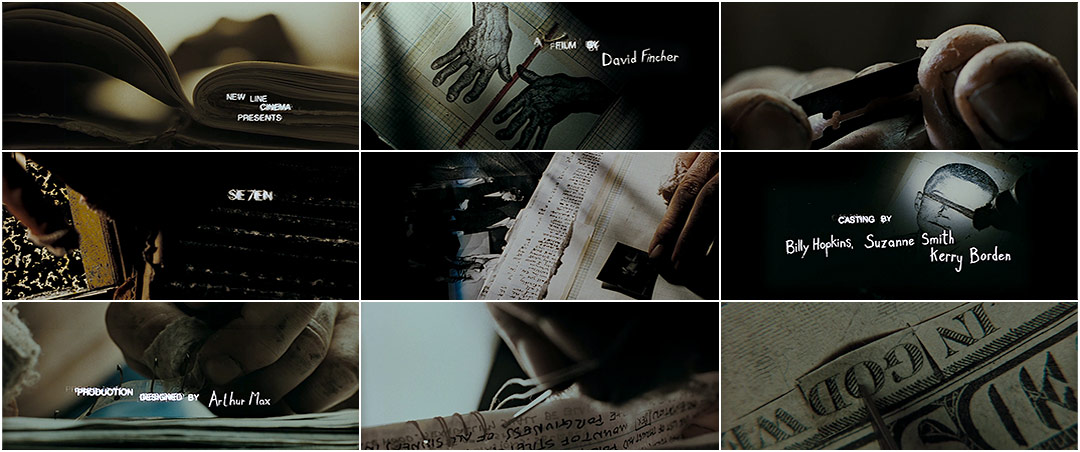Saul Bass
Saul Bass was an American graphic designer who became famous for his
title sequences.
He is best known for his use of simple geometric shapes and symbolism he
often created a single dominate image to stand alone to convey an influential
message.
Bass started out designing posters; he was able to capture the mood of
the film with simple shapes and images. He preferred this technique then using dull
photographs from the film or using the film stars.
Bass's work is often hand drawn to create a casual appearance and unique look.
Bass worked for some of Hollywood’s greatest filmmakers,
including Alfred Hitchcock, Stanley Kubrick, Otto Preminger, Billy Wilder, and
Martin Scorsese. He became well-known in the film industry after creating the
title sequence for Otto Preminger’s The Man
with the Golden Arm in 1955. For Alfred Hitchcock.
“I began as a graphic designer and as part of my work I created
many film symbols for ad campaigns. During that period I happened to be working on the symbols for ‘Carmen Jones’ and ‘The man with the golden arm’ for Otto Preminger. At one point in our work Otto and I just looked at
each other and said: “why not make it move?” It was really as simple as that.”
— SAUL BASS – “Bass on titles,” 1977

